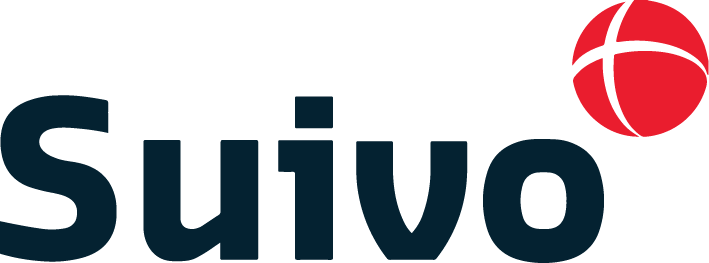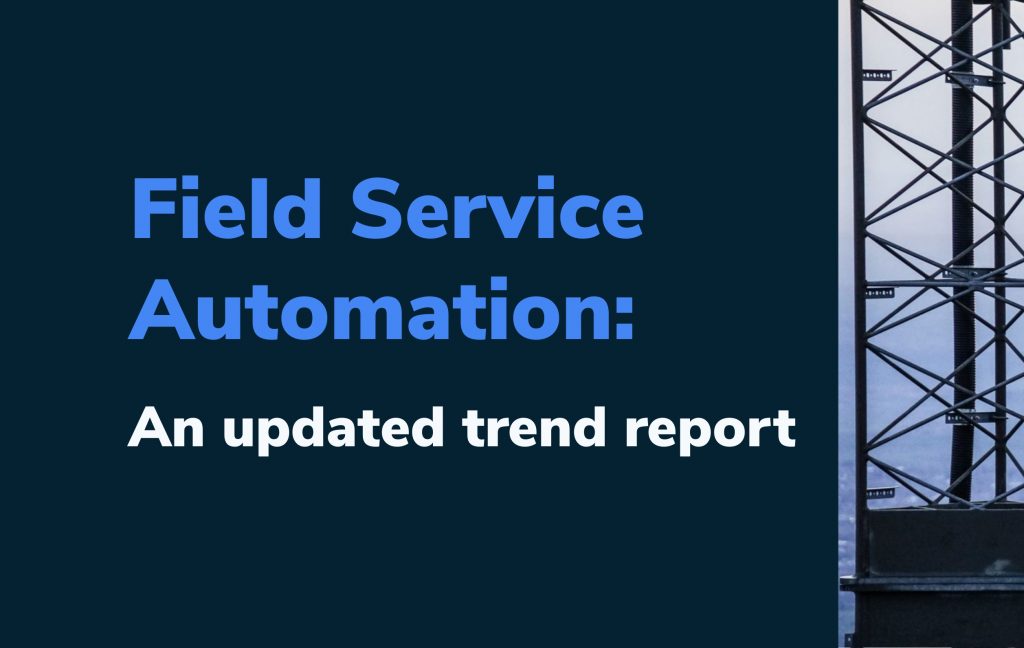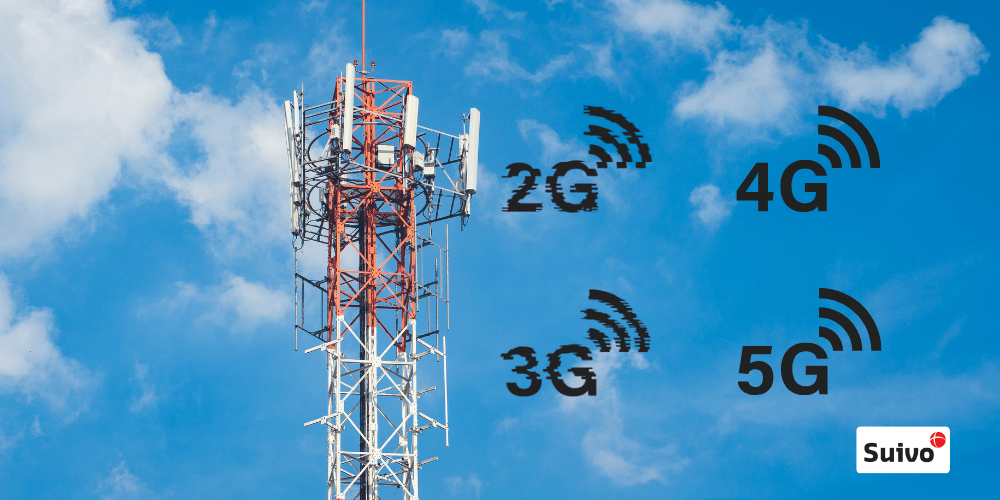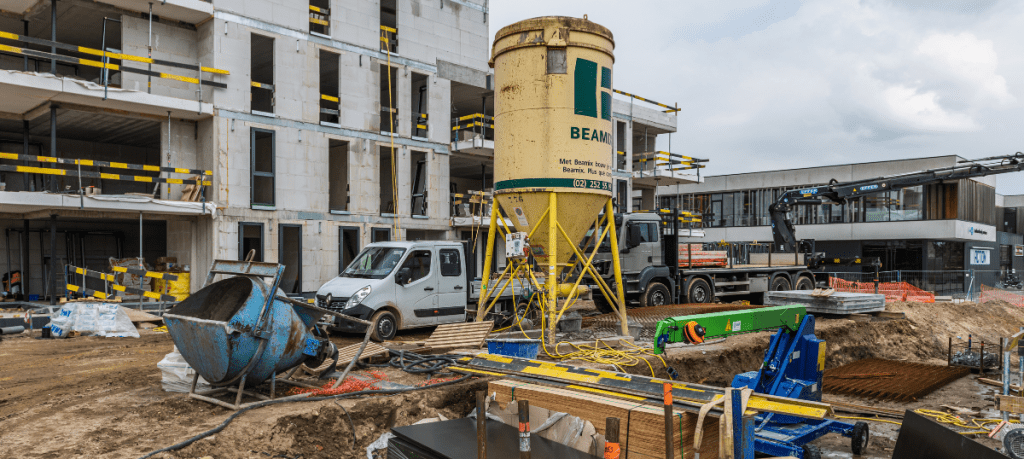Field service automation continues to be a fast-moving area, with new and existing technologies evolving quickly to deliver increasingly competitive solutions. Four years ago we made a trend report where we looked at the largest trends in the sector. So now it’s time for an update. How have these trends evolved? Are they still valid? And what benefits do they offer your organization?
Trend 1: working wirelessly, aka mobility technology
What we said in 2017
“Companies are focusing primarily on mobile devices for external and internal communication. Companies that have not yet adapted are better off catching up sooner rather than later. Your internal workflow becomes faster, more efficient and more flexible when you can work mobile via smartphones and tablets.“
Mobility technology in 2021
It’s impossible to understate the importance of mobile in our post-COVID world – and that includes field service automation. As it says in its name, field service automation happens in the field, so mobility technology is essential for injecting flexibility into the system, helping to increase productivity and reduce costs.
Mobility technology also brings numerous benefits for your organization, your technicians, and your customers. To give a few examples: Faster scheduling of appointments. Real-time alerts when new jobs are scheduled. Precise timesheets. Easy access to complete customer information. Real-time parts inventory. Centralization of critical documentation. Shorter billing cycle times. Improved workforce utilization and productivity. Shift from reactive maintenance to proactive maintenance. Reduced paperwork and fewer administrative tasks. Better tracking of KPIs. Increased customer satisfaction.
Suivo and mobility technology
With a number of apps already, we’ve got a solid offering already combined with a strategy for the future. Our apps are tailored to the need of the users in the field. For example the concrete app for concrete deliveries, transport app for drivers, Worker app for warehouse employees, …

Trend 2: Internet of Things (IoT)
What we said in 2017
“With Internet of Things technology, all devices are connected to each other, and they exchange information with each other. Machines, vehicles and employees can all be connected, for a more efficient workflow. However, it is also becoming increasingly important to link and analyze them correctly. Dealing with big data is an additional challenge in the wake of this trend.”
Internet of Things (IoT) in 2021
The IoT trend has grown exponentially over the past few years to facilitate real-time data monitoring and diagnostics, remote asset management, predictive maintenance, and GPS tracking. The end results are improved customer service, more convenience, enhanced productivity, increased flexibility, and higher revenues.
But the IoT trend doesn’t stop there. Some experts believe it is evolving into the IIoT trend (Industrial IoT), which could potentially have a $14.2 trillion impact on the global economy by 2030. When combining IIoT with mobility technology, field service automation suppliers can enjoy some of this impact by offering predictive maintenance, helping to anticipate issues before they happen to guarantee uptime for organizations with industrial infrastructure and equipment in the field. Additional benefits include extended asset lifespan, eliminated unnecessary or emergency field benefits, and faster future visits as all relevant information is logged for easy availability.
Suivo and IoT
IoT has had a drastic impact on the industrial landscape, including the field service automation sector. Talk to Suivo to explore the transformation IoT could have on your organization.
.png)
What we said in 2017
“Digitization has another major advantage: collecting and analyzing data to provide useful information for your company. This includes using Enterprise Asset Management (EAM) software to efficiently manage and deploy personnel, equipment and vehicles. EAM’s predictions based on the available data let you work proactively.”
Asset management and analysis in 2021
Asset management and analysis remains important with advanced EAM software that measures increasingly complex and detailed asset registries. Nowadays you can rely on EAM software to leverage built-in hierarchical asset registry for improved traceability of assets and effective maintenance, track both the historical and geospatial location of assets, smoothly integrate with back-office systems, capture work orders, and more.
Suivo and asset management and analysis
Explore the advantages of asset management and analysis on your organization by contacting Suivo.
.png)
Future trends: what’s next?
It doesn’t stop here. Technology is always evolving, developing new or improved solutions for the issues that we face. Some potential future trends include:
• Improved techniques to transfer legacy knowledge
Knowledge from all technicians is funneled into a system to help recruit and train all technicians, keeping legacy knowledge relevant, up-to-date, and accessible. This will require creating a single source of truth by better integrating the front office (automated field service solutions) and back office (ERP system). The goal is to maximize data visibility throughout the organization to maximize the usage of that data by all customer-facing employees.
• Contactless or remote service
Contactless or remote solutions are more relevant than ever before and are being supported by advances in IoT, Artificial Intelligence (AI), and augmented reality (AR). As well as the potential health benefits, it also reduces costs: think about technician labor costs, travel time, and vehicle expenses.
• New processes and technologies
Connected to the growth for contactless and remote solutions is the expansion of AR and virtual reality (VR) solutions which organizations are increasingly integrating with field service software and/or customer relationship management software to access information about device (e.g., repair history and diagnostics) without actually needing to touch it.
To give an example, technicians can provide live customer service remotely with wearables like smart glasses to see what the customer sees.
• Predictive maintenance visits
AI, machine learning, and analytics will enable you to predict equipment failures or issues before they happen so you can take preventative measures and avoid unexpected failures and decrease maintenance costs.





